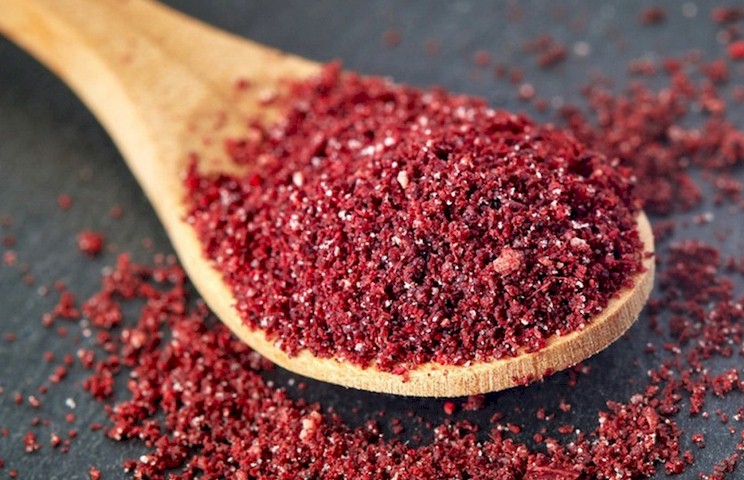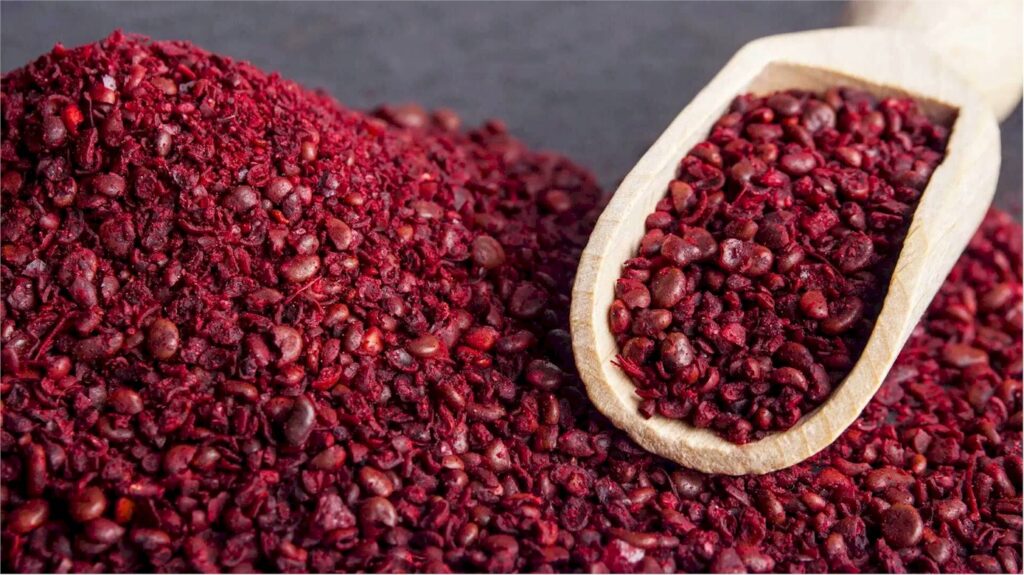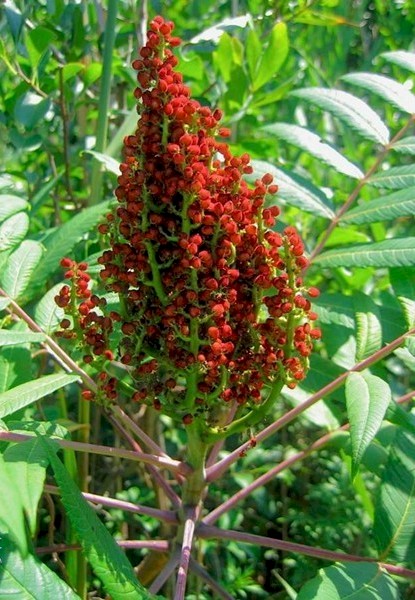Sumac Delicious Spice, an Oriental Product

Sumac Delicious Spice: Fruity and tangy, sumac is very common in the Middle East. Meat or fish in sauces, the most popular recipes are picked up using this fragrant powder.
- Description of sumac
- Sumac: a perfect substitute for lemon and vinegar
- Composition of sumac
- Use of sumac
- Cooking sumac
- The use of sumac in oriental cooking
- Properties of sumac

Sumac delicious spice
In the Middle East, sumac is one of the most widely used spices. In the west, this red powder is unfortunately still quite unknown to the general public. Yet sumac, with its lemony notes, lends itself to all kinds of preparations. This spice, extracted from the bays of a tree for millennia, has moved very quickly in eastern cuisine. Turkish, Iranian or Lebanese dry these fruits before reducing them to powder to obtain a salty and spicy spice, with fruity and tangy aromas.
The first mentions of this spice date back to antiquity. Arabs used sumac but also the Greeks and Romans for its therapeutic and nutritious virtues.
Only used in oriental cuisine, sumac is now experiencing a widening of its use thanks to a new craze for spices in Europe.
Description of sumac
Belonging to the Anarcadiades family, the Coriaria Rhus or the sumac is a shrub measuring up to 3 meters high.
The term sumac comes from the Arabic word “summaq” or “somagh” meaning “red” as well as the term “rhus” of Celtic origin attributed by the Romans and Greeks.
Originally from the Middle East and Italy, the sumac is also known as:
– sumac of the curriers because of its leaves and its bark rich in tannins used in the manufacture of leather to soften it, make it light and dye it reddish brown,
– vinegar because of the sour, acidic flavour of its fruits reminiscent of lemon and vinegar.
Sumac consists of :
– hairy, serrated leaves turning red in the autumn season
– small white flowers gathered in clusters
– berries of red color, brick-red containing small seeds of brown color

Sumac delicious spice: a perfect substitute for lemon and vinegar
In ancient times, the Romans and Greeks used it to replace vinegar and lemon. Coming from dried and crushed berries, sumac is a dark red powder with a creamy texture. Its taste is rather close to lemon and vinegar, that is to say slightly sour tangy and fruity without being astringent.
Composition of sumac
The composition of the powder is mainly tannins (4%) and various acids.
Use of Sumac
– whole for the manufacture of soft drinks sumacades or Indian drinks; in the form of juice ( having soaked it in hot water, filter and then recover the juice) in marinades, in vinaigrette, beets or green beans always mix at the end of the preparation
– powder on meats, seafood (fish…), chicken (kebabs), omelettes, rice, stuffing or to sprinkle on dishes at your convenience.
Cooking sumac
Although it loses some of its flavour when cooked, you can cook sumac in both hot and cold dishes. It is used in the composition of several oriental specialities and in particular in family dishes. Labne, very popular in Lebanon, is a fatty white cheese seasoned with sumac. The Turks use it to season their fattouche salad. A few pinches of sumac are all it takes to give this tomato, cucumber and parsley mixture a new dimension. Sumac will flavour bread, meat, rice and fillings, which gives them an original taste. Whether in tabbouleh, rice-based dishes or baked vegetables, sumac is the right choice to bring flavour and character to all your dishes.
The use of Sumac in oriental cooking
– The Lebanese use it in the preparation of chich taouk, meze, fattouch…
– Oriental cuisine uses sumac in the preparation of zaatar, a mixture of spices and herbs (sumac, thyme, roasted sesame seeds)
– Iranians use it in the preparation of chelo kabob made from lamb kebabs
– Turks use it in the preparation of pumpkin salad….

Properties of sumac
– It facilitates digestion
– It is a febrifuge.
If you want to learn more about other food products in Turkey, you can visit our Agriculture&Food Industry Listings for companies in the sector.


